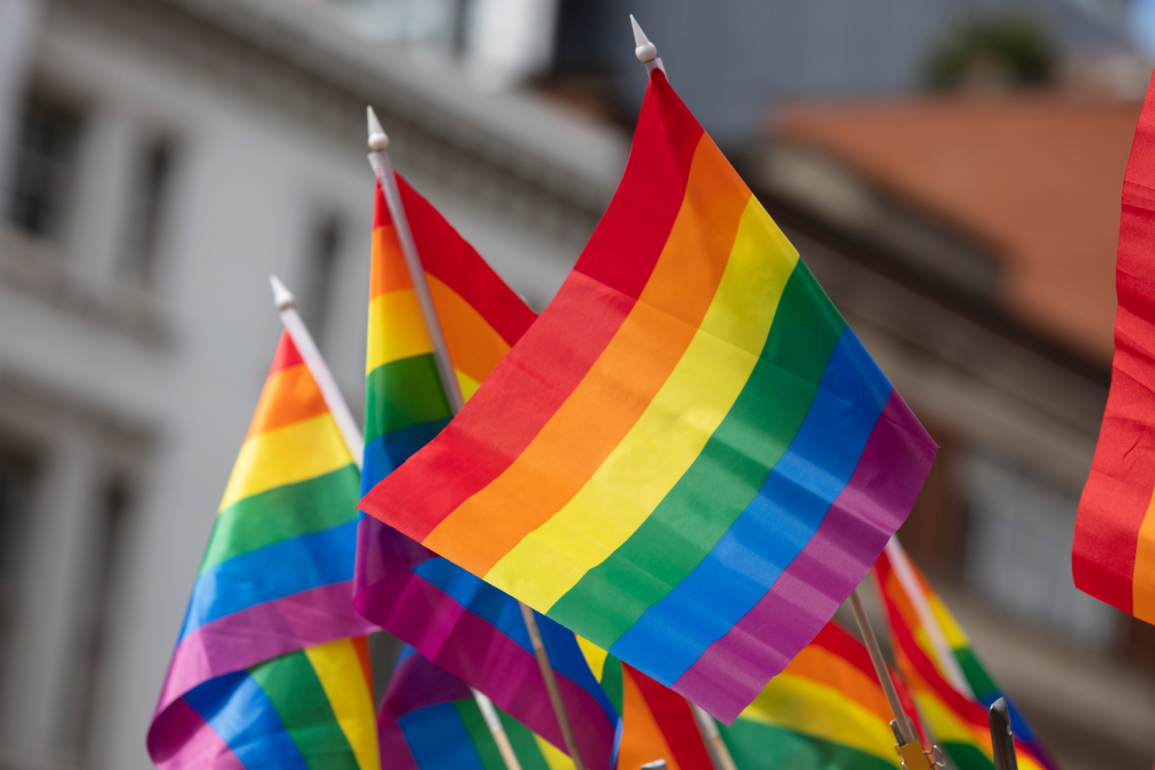A festival pole, also known as a phragmousse, is a pole that drummers use to play rhythms. They are longer than standard poles. Festival poles usually have bass drums and drums at the top and cymbals at the bottom and are made from wood or plastic. It is a type of dance pole constructed to resemble a tree trunk. The poles come in lengths from 3 feet (900 mm) up to 10 feet (3 m), and 6-foot (180 cm) poles are typical. They are hollow, with an internal diameter of 14-1/4 inches (355 mm), measuring 8-1/4 inches (210 mm) from ground to tip. They are made of a resin called fiberglass that resists rot and warping. The poles can be painted or left bare.
Have you ever been to a festival? If so, you likely have a passing familiarity with at least one festival pole. These colorful structures are usually made of wood and support one or more long strands of colorful string. Festival poles are used to hold flags, allowing them to wave in the wind during festivals and parades. But where did these poles originate? Historians believe they evolved out of traditional Polynesian poi balls, which were used by Hawaiian warriors.
Festival poles are used at celebrations or events where people need a way to show support for one thing or another. Think Pride parades, political rallies, or even the 4th of July. Festival poles are defined as “adornment on a pole or container at a public event, containing flags, flowers, streamers, or other floral display materials or political signs.” The word “festive” is often used as opposed to the word “political.”
A festival pole is a slender or thin decorative pole, usually made of wood or metal, used to decorate an event or festival. It is sometimes called a flagpole or a flag pole, but the term “festival pole” is more commonly encountered.
There are festivals throughout the year, some public and some private. Many people use trees, poles, and gazebos as focal points at festivals, but some choose to hire one as a flag pole. Flagpoles are different from trees, poles, and gazebos and are often positioned on roofs, so they need to be taller to hold flags, banners, and signs.
A Festival pole is a wooden pole, usually between 1.5 and 2 meters tall, which is used in parades in many countries. It is usually decorated with figures or images, which are sometimes painted or sewn onto the pole. The pole is inserted into a socket in the ground and is usually covered in colored paper. It is usually decorated with images of people, animals, or abstract shapes. In some towns and countries, the pole is decorated with paper flowers. These are usually attached to the pole, with glass ball flowers used in some towns. The paper flowers are sometimes also decorated with sequins or glitter and may be colored pink, yellow, or orange.
The LGBTQ+ community—also known as Lesbian, Gay, Bisexual, Transgender, Queer/Questioning, and Ally—is a subsection of the population that did not long ago remain relatively silent. But in recent years, their visibility has skyrocketed, and with visibility comes an awareness of the issues facing the community. LGBTQ+ month is celebrated in May; many consider June to be LGBTQ+ Pride Month. June celebrates the LGBTQ community’s resilience in the face of oppression, diversity, and unity.
Festivals and rallies? Have you considered throwing a festival for your community? Festivals are celebratory gatherings: they bring people together to have fun, celebrate, get inspired, and share. (And, festivals often feature music!) Whether you’re hosting your first festival or have been throwing festivals for years, planning a festival can feel overwhelming—especially when you’re trying to include something for everyone.
The American flag and the rainbow flag were born in the same place. Back in the late 18th century, a patriotic native named Betsy Ross wove 13 red and white stripes into a flag for the American Revolution. The flag quickly became a symbol of freedom, and by 1952, it was placed on the U.S. one-dollar bill. Fast forward to 1967, and the modern rainbow flag was born. The flag is a symbol of pride for the LGBTQ community and is flown at gay pride events around the world. Its colors represent pride in the LGBT community and opposition to discrimination.

Leave a Reply